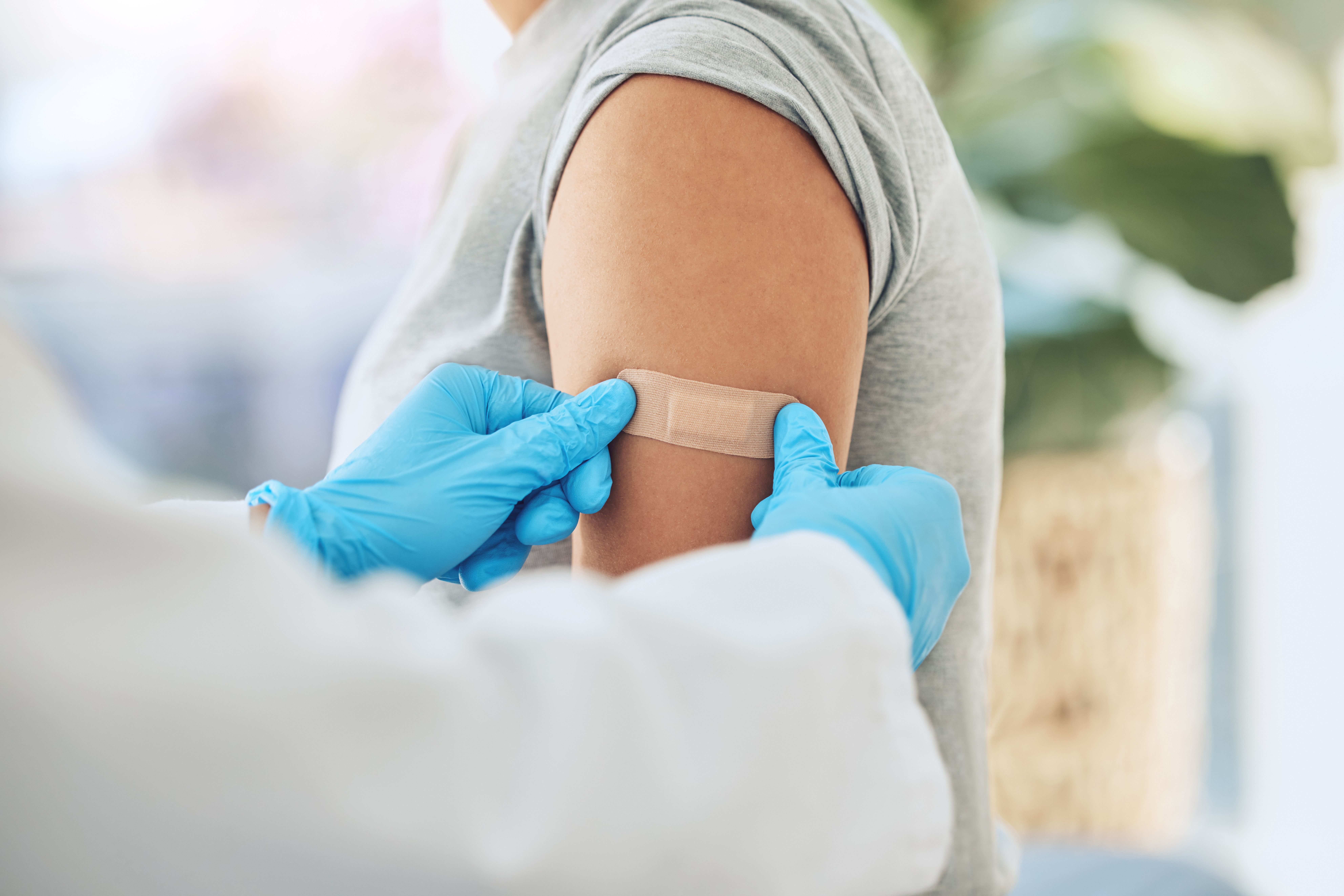Pre-exposure prophylaxis (PrEP) has become one of the most important breakthroughs in HIV-prevention strategies, with large PrEP roll-out being effective in significantly reducing the number of new HIV infections at the population level; however, in Europe, effort is still needed to fill the PrEP gap. Hurdles can be overcome with social, economic, and political interventions, though a commitment from European countries to PrEP research and rollout is also needed. A study published in HIV Medicine evaluated PrEP practices within HIV, hepatitis, and global infectious diseases (NEAT ID) centers as well as the interest of associated centers in participating in research on PrEP and preventing sexually transmitted infections (STIs).
The quantitative, observational, cross-sectional study utilized a web survey to collect information on-site about PrEP services, provision, and delivery to assess the likelihood of conducing PrEP studies within the NEAT ID and to evaluate each center’s willingness to participate in research related to PrEP and STI prevention. A 22-item questionnaire including both multiple choice and free-text answers was created for the study to gather information on PrEP usage, provision of PrEP services, user profiles, structure and delivery of services, barriers to PrEP roll-out, and PrEP research experience. The survey was initially intended to be open for a 4-week window; however, the COVID-19 pandemic caused the researchers to extend the window for participants to complete the survey.
Key Takeaways
- Variable PrEP Roll-out Across Europe: The study assesses pre-exposure prophylaxis (PrEP) practices in HIV, hepatitis, and global infectious diseases (NEAT ID) centers across 15 European countries. Although the majority of the 50 participating centers provided PrEP services, some—particularly Spain, Poland, and the Netherlands—did not have plans to roll out PrEP within the following year.
- PrEP Service Characteristics: Across the 45 centers that reported offering PrEP, services were primarily available for men who have sex with men, with additional provision for people who inject drugs, sex workers, cisgendered women, young individuals, and transgender women. Community engagement, technological tools, and communication campaigns were employed to promote PrEP, and some centers reported utilizing non-physician staff for task-shifting processes.
- Barriers to PrEP Implementation: Surveyed centers identified key barriers to PrEP implementation, including low awareness among at-risk individuals, reluctance to disclose sexual identity, and inadequate administrative commitment, and limited access in specific clinics and insufficient human or financial resources were also reported as challenges. The findings emphasize the need for targeted efforts to address both individual and structural barriers to enhance PrEP implementation across Europe.
The survey was posted to 342 difference centers involved in NEAT ID across 15 European countries, and a color of 50 centers (15%) from 12 countries had completed the survey. The response rate varied by country, ranging from 2% (Ireland) to 22% (Hungary). Of the centers that completed the survey, the majority provided PrEP services; however, a total of 5 centers—3 in Spain, 1 in Poland, and 1 in the Netherlands—did not and had no plans within the 12 months following the completion of the survey to roll out PrEP services.
The 45 centers that reported providing PrEP services were spread across 11 European countries, with 43 in Western Europe (9 in France, 8 in Spain, 6 in the United Kingdom, 6 in Germany, 4 in Switzerland, 2 in Portugal, 5 in Italy, 1 in Ireland, and 2 in Belgium) and 2 in Central Europe (Hungary and Poland). An estimated 27,416 PrEP users were followed in these clinical sites, with approximately 1361 people initiating PrEP monthly.
Additionally, across the centers, PrEP services were available for men who have sex with men (n = 45; 100%), people who inject drugs and sex workers (n = 38 each; 84%), cisgendered women and young individuals (n = 28 each; 62%), and transgender women (n = 14; 31%). Further, 9 sites also reported providing PrEP for other groups including serodiscordant couples until the partner with HIV reaches an undetectable level, heterosexual people with partners from countries with a high HIV prevalence, and heterosexual men who travel for sex. PrEP users’ preference regarding the dosing regimen of PrEP was daily (n = 15; 33%), on-demand (n = 4; 9%), or both (n = 26; n = 58%).
In addition, 35 of the 45 responder sites involved community-based organizations in their centers (78%), 24 (53%) reported using medical technologies (eg, text messages and mobile health applications) to engage and retain individuals in PrEP, and 27 (60%) were involved in communication campaigns to further promote PrEP and expand outreach to individuals considered high-risk. A total of 15 centers (33%) were also engaged in task-shifting processes consisting of a non-physician managing PrEP, including nurses (n = 11), pharmacists (n = 5), key-population peers (n = 2), or sexual health advisers (n = 1).
The 3 most common barriers identified by the survey takers were low awareness and lack of knowledge about PrEP among at-risk individuals (n = 21; 47%), unwillingness of at-risk individuals to disclose their sexual identity or at-risk behaviors (n = 16; 36%), and lack of commitment by the administration to support PrEP (n = 13; 29%). Additionally, some sites noted that PrEP provision was limited in their countries to specific clinics, or they did not have the human or financial capacity to expand the PrEP services in their center.
Study limitations include the limited response rate due to the COVID-19 pandemic (15% of NEAT ID centers) and the possibility that centers’ responses are based off new, adjusted practices because of the pandemic. Further, there was a large variability of responses across countries, making it difficult to report and compare PrEP practices by country, according to the investigators. Additionally, the estimates of the number of PrEP users and those lost to follow-up by center may be subject to response bias. The investigators also note that pre-defined answers were primarily used for survey responses, therefore, further exploration of the meaning behind the responses was limited.
The results indicated that survey responding centers across Europe were at different stages of PrEP roll-out with different goals for giving PrEP to populations that need it. Both individual and structural barriers were the most common hindrances to PrEP roll-out, and the investigators emphasize that efforts to remove the obstacles as well as further research can help improve PrEP implementation.
Reference
Liegeon, G, Duffy, A, Brooks, C, et al. HIV pre-exposure prophylaxis services, provision, and delivery in the European treatment network of HIV, hepatitis and global emerging infectious diseases (NEAT ID). HIV Med. 2023; 1-8. doi:10.1111/hiv.13580






